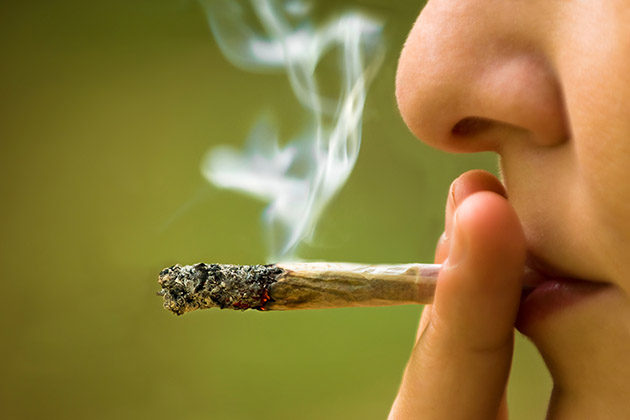Better Drug Education Would Help Prevent Colorado Tourists From Wanting to Go to the ER for Marijuana
– By Amanda Bent
 After relocating to Denver last month, I soon noticed a flurry of articles in local and national media suggesting that marijuana is increasingly driving Colorado visitors to hospitals. Other than feeling vaguely relieved to no longer count myself among the vacationers here, I wasn’t sure what to make of this information. I decided to take a firsthand look at the study on marijuana tourism and emergency department (ED) visits that inspired the coverage.
After relocating to Denver last month, I soon noticed a flurry of articles in local and national media suggesting that marijuana is increasingly driving Colorado visitors to hospitals. Other than feeling vaguely relieved to no longer count myself among the vacationers here, I wasn’t sure what to make of this information. I decided to take a firsthand look at the study on marijuana tourism and emergency department (ED) visits that inspired the coverage.
It was a short but clarifying read. The study highlights an uptick in these sorts of visits among out-of-state residents during the first year of retail marijuana sales (2014) that was not the case among Coloradans. The difference could be explained by a number of factors including that Colorado locals are increasingly comfortable with marijuana and some tourists who are more likely to be novice users can benefit from more education about what to expect if they try the products.
The researchers don’t identify any causal relationships despite some news headlines that imply otherwise. They focus on rates of ED visits possibly related to cannabis use, including those where patients mentioned having used sometime in the past. Others had underlying, pre-existing conditions that could have been exacerbated by the effects of marijuana, not caused by it. Some who were otherwise healthy may have visited the ED because they were feeling uncomfortable with the effects of marijuana. Such cases—and the willingness of any of these patients to seek care and disclose their use of marijuana to hospital staff—can be seen as a positive sign that legal status is reducing stigma and improving public health.
The important point to emphasize is that no matter where we call home, negative experiences with marijuana are highly preventable. For those who choose to use marijuana—as almost half of American adults have—simple, universal harm reduction tips apply. In short, a little peace of mind goes a long way. Safer and more pleasant experiences tend to happen in familiar environments around people we trust. Dosage, mode of ingestion, strain and the use of other drugs including alcohol also have an impact. And like virtually any substance, cannabis effects everyone differently. It can temporarily impair cognitive abilities, so potentially dangerous activities while under the influence are ill-advised. But with reasonable care, it has enjoyable and beneficial effects for many people.
Realistically, and despite some of our best harm reduction efforts, some people will still have negative experiences that they attribute to marijuana use. These folks should be empowered to seek care and support as needed without shame or fear of being branded as criminals. Moreover, the relative potential harms of legal marijuana pale in comparison to those associated with prohibition. The consequences of criminalization—including needless, costly arrests and disproportionate enforcement against young people of color—are far more systemic and damaging.
Colorado is already celebrating improvements in criminal justice and public health as a result of legalizing small amounts of marijuana and the rest of the country is increasingly on board. The statistics on tourist ED visits possibly related to cannabis use in Colorado capture a snippet of a bigger picture of evolving attitudes and better public policy.
Amanda Bent is the Colorado policy coordinator for the Drug Policy Alliance.


















